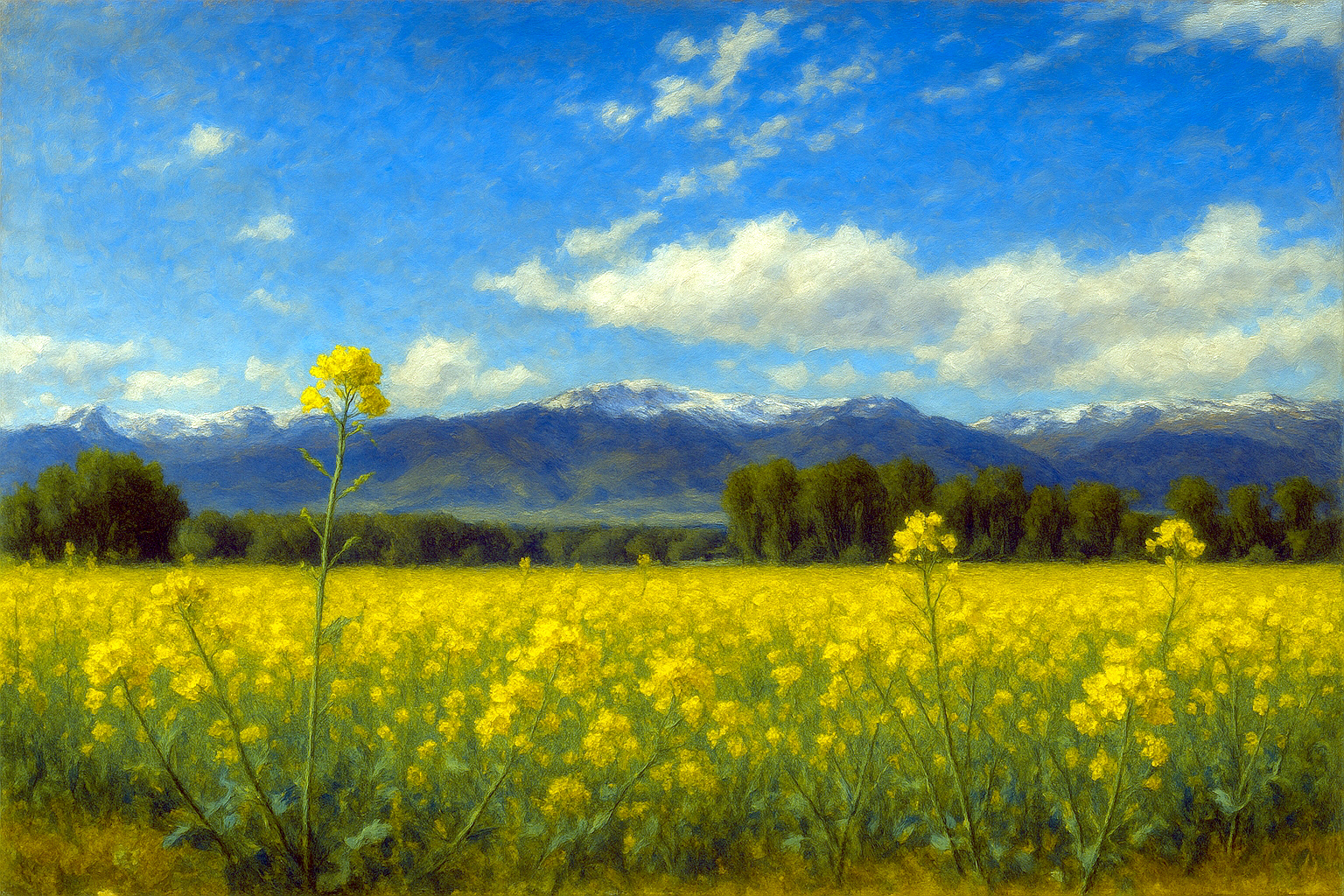AI, Artists, and Technology

The open-source release of Stable Diffusion has sparked an explosion of progress in AI-generated art. Although it is in its infancy, I can already tell this new tool is going to revolutionize visual art creation. But not everyone views AI art in a positive light. Many artists feel that AI art stole their work1 and have organized protests on popular sites like ArtStation. Other artists claim that AI-generated art can’t be art2 because it isn’t human.
AI and Photography as Art
I come down on the side of AI-artists.
This is probably unsurprising because I am a machine learning engineer, it is my job to build the types of systems these artists are using. But what is less obvious is that my support is also because I am an artist, specifically a landscape photographer.
Photography—just like AI-generated art—has a complicated history as “art”. Although the first photograph was taken in 1826, it wasn’t until 1924 that an American museum recognized the medium as art by including photographs in its permanent collection. At first artists feared photography would replace traditional visual arts due to the ease of taking a picture. But eventually they realized it was a useful tool that could be combined with other art forms, even if they did not recognize photography as an art in its own right.3, 4
The concerns and criticisms currently being directed towards AI-generated art are the same as those leveled against photography in the past. And just as photography eventually gained acceptance as a valid form of art so will AI-generated art. The resistance against it may be strong, but ultimately, it is a losing battle.
My Family’s Art
My family has a long history of painting. My great-great-great grandfather was the Norwegian landscape painter Hans Gude. My father, also named Hans Gude, was an accomplished oil painter.5 I too wanted to make art, but I did not have their skill with a brush so I picked up a camera instead.
I was drawn to photography specifically because it used technology. I like learning new technologies and how to master them. I also thought it would be easier to make art I was happy with using a camera. I have since learned that photography has its own set of skills to master, but after 15 years I think I was mostly right: it is much easier than oil painting.
I wonder what my great grandfather would think of my art. He spent months or years creating his seascapes, while my photographs are captured in a fraction of a second with the push of a button, and maybe a few hours adjusting tone curve and highlights back at my computer.
But I like to think that he would view my work as a continuation of our family’s artistic tradition. Maybe in the future, my descendants will find the camera too complicated and instead compose prompts for AI to translate into images. To me, that’s simply another evolution of the art form.
-
Current AI “art” is created on the backs of hundreds of thousands of artists and photographers who made billions of images and spend time, love and dedication to have their work soullessly stolen and used by selfish people for profit without the slightest concept of ethics.
Nanitchkov, Alexander (@Artofinca). “Tweet” Twitter. 2022-12-05. ↩
-
“I believe art is something inherently and intrinsically human, even corporate art made-for-hire is meticulously crafted by experts in their fields,” [Nicholas] Kole said. “When we sit down to draw, design, sculpt or paint, each mark is made with an intention. Each step of the process is an opportunity to ask new questions, tune the piece to the precise context it’s intended for, to add expressiveness and even a point of view. The result—movies, shows, games—are intended to connect that intricate craft with an audience who appreciates and enjoys it.”
AI does none of this, he explained, and he sees “a world filling up with meaningless, regurgitative cardboard cutouts that remind us of real art.”
Xiang, Chloe. “Artist Are Revolting Against AI Art on ArtStation” Vice. 2022-12-14. ↩
-
The fear has sometimes been expressed that photography would in time entirely supersede the art of painting. Some people seem to think that when the process of taking photographs in colors has been perfected and made common enough, the painter will have nothing more to do. We need not fear anything of the kind. Perfection in photography may rid us in time of all the poor work done in color. The work of the artist, however, in which is seen his own individuality, his own perception of the beautiful, his own creation in fact, can no more perish than the soul which inspired it.
Clopath, Henrietta. “Genuine Art versus Mechanism” Brush and Pencil. vol. 7, no. 6. 1901-03-01. pp. 331–333. doi: 10.2307/25505621. ↩
-
Photography is an infinitely valuable mechanism by which to obtain records of limited abstract truth, and as such, may be of great service to the artist. Much may be learned about drawing by reference to a good photograph, that even a man of quick natural perception would be slow to learn without such help. But, unless the real shortcomings of the photograph are understood, it must certainly mislead if followed.
But beyond these merely technical matters, art differs from any mechanical process in being “the expression of man’s delight in God’s work”, and thus it appeals to, and awakens all noble sympathy and right feeling. All labor of love must have something beyond mere mechanism at the bottom of it.
“Art and Photography” The New Path. vol. 2, no. 12. 1865-12-01. pp. 198–199. ↩
-
My father somewhat rejected the title of “artist”, although in later life he branded himself as such. He prefered to think of himself as a craftsman, honing his skills through hardwork and study. ↩